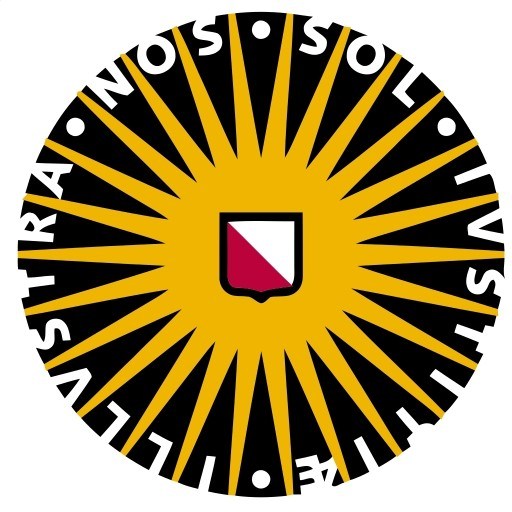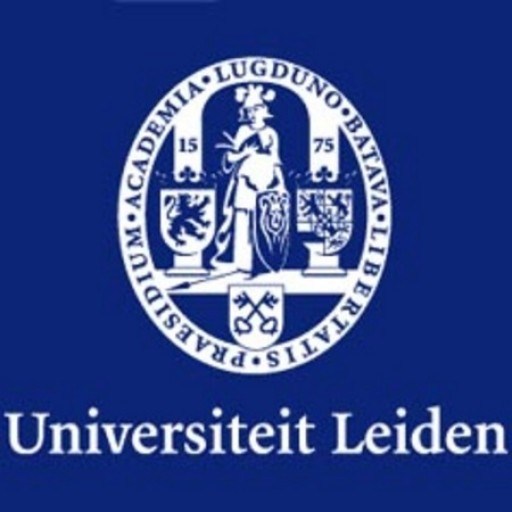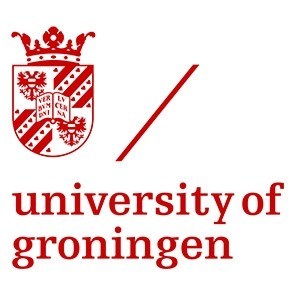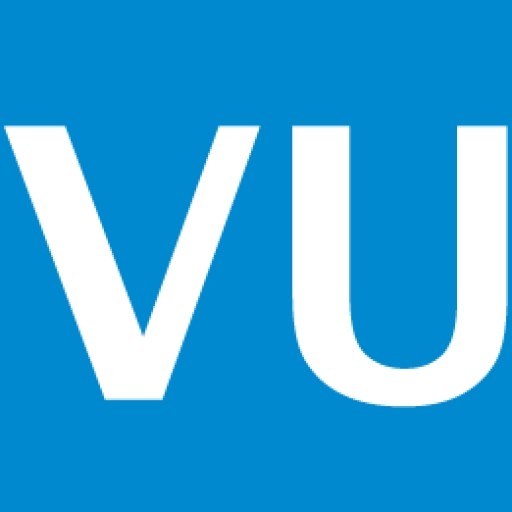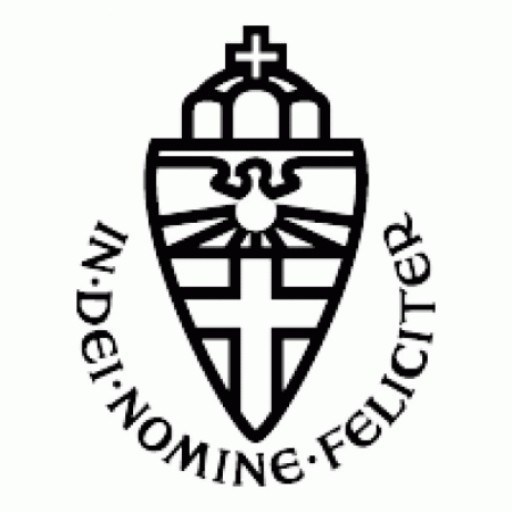Photos of university / #utrechtuniversity
The Master’s programme in Art History at Utrecht University offers an in-depth exploration of the visual arts, focusing on their historical development, conceptual foundations, and cultural significance. Designed for students passionate about understanding the evolution of art across different periods and regions, this programme provides a comprehensive curriculum that combines theoretical knowledge with practical analytical skills. Students will examine a diverse array of artistic movements, from classical antiquity to contemporary art, and investigate how artworks reflect and influence societal developments. The programme emphasizes critical thinking, research methodology, and scholarly writing, preparing graduates for careers in academia, curation, heritage management, and arts criticism. Utrecht University’s rich academic tradition and extensive collections of art contribute to a vibrant learning environment, enabling students to engage directly with original artworks and primary sources. The curriculum includes modules on art theory, iconography, visual culture, and museum studies, alongside opportunities for conducted research and internships. Collaboration with museums and cultural institutions enriches students' educational experience by providing practical exposure to the art sector. The programme is taught by internationally recognized experts who bring current scholarly debates into the classroom, fostering an engaging and intellectually stimulating atmosphere. Graduates of this master’s programme are equipped to analyze artworks critically, contextualize them within their historical framework, and contribute meaningful insights to the field of art history. Upon completion, students will have built a solid foundation for further academic research or professional careers in museums, galleries, cultural organizations, or media related to the arts. The programme is flexible, offering specializations in areas such as medieval, renaissance, modern, or contemporary art, allowing students to tailor their studies according to their interests. Ultimately, the Master’s in Art History at Utrecht University aims to cultivate knowledgeable, innovative, and reflective art historians who can critically interpret the visual culture of the past and present.
The Art History Master's Programme at Utrecht University offers a comprehensive and in-depth exploration of the history of art from antiquity to contemporary times. Designed for students with a background in art history or related fields, the programme aims to deepen their understanding of artistic developments across different periods, regions, and cultures. Throughout the program, students will engage with a wide range of topics, including the analysis of visual culture, the social and political contexts of art, and the methodological approaches used in art historical research. The curriculum combines theoretical seminars, practical workshops, research projects, and visits to museums and archaeological sites, providing a well-rounded academic experience.
Students have the opportunity to specialize in areas such as Medieval Art, Renaissance and Early Modern Art, Modern and Contemporary Art, or Visual Culture Studies. The programme emphasizes critical thinking, analytical skills, and the ability to conduct independent research. Students will learn to interpret artworks within their cultural and historical contexts, develop proficiency in research methods, and communicate their findings effectively through written reports and presentations. The Master's thesis serves as a culminating project, allowing students to demonstrate their expertise and contribute original insights to the field of art history.
In addition to theoretical coursework, the programme encourages practical engagement with artworks, including digital tools, cataloging, and curatorial practices. Utrecht University's strong connections with local museums, galleries, and research institutions offer valuable opportunities for internships and collaborative projects. The programme prepares graduates for careers in academia, curation, cultural heritage management, and the arts sector. It also provides a solid foundation for further doctoral research. With its rich combination of historical knowledge, methodological rigor, and practical skills, the Utrecht University Art History Master's Programme aims to cultivate critical and innovative thinkers equipped to contribute to the understanding and appreciation of art in all its forms.
Other requirements
The financing of the Art History master's program at Utrecht University is primarily based on the funding available through Dutch higher education funding bodies, student tuition fees, and other financial arrangements specific to international and domestic students. Dutch students typically finance their studies through government loans and grants available via the Dienst Uitvoering Onderwijs (DUO), which manages student financing solutions such as the National Student Grant and the Student Loan system. These financial aids help cover tuition fees and living expenses during the study period. International students outside the European Union/European Economic Area usually pay higher tuition fees than Dutch students, which can be self-funded or covered by scholarships, grants, or sponsorships. Utrecht University offers various scholarship programs aimed at attracting international students, such as Utrecht Excellence Scholarships and other merit-based awards. These scholarships are competitive and cover partial or full tuition fees, thereby reducing the financial burden on recipients. Additionally, students are encouraged to seek external funding sources, including governmental grants from their home countries, private foundations, and international organizations that support arts and cultural studies.
Financial planning for prospective students also includes potential part-time work opportunities on or near the university campus, which can help supplement income, although students should consider the workload of their studies when seeking employment. The university provides guidance and support services to assist students in navigating financial issues, including advice on budgeting, applying for scholarships, and understanding tuition fee structures. Students should also be aware of the living costs associated with studying in Utrecht, which include accommodation, transportation, insurance, and daily expenses, and should include these costs in their overall study budget. Utrecht University promotes transparent communication about costs and available financial aid options from the outset to ensure students are well-informed and can plan effectively for their educational journey. Overall, the financing framework for the Art History program aims to make higher education accessible by offering a combination of institutional funding, scholarships, external grants, and employment opportunities, ensuring students can focus on their academic and professional development in the arts without undue financial hardship.
The Art History programme at Utrecht University offers an in-depth exploration of the development, context, and significance of visual arts from antiquity to the contemporary period. It is designed to provide students with a comprehensive understanding of the historical, cultural, and theoretical aspects of art across different civilizations and regions. The curriculum emphasizes critical thinking, analytical skills, and a broad cultural perspective, enabling graduates to interpret artworks within their societal and historical contexts.
Students have the opportunity to engage with a diverse range of subjects, including European art from the Middle Ages to modern times, Asian art, Islamic art, and contemporary visual culture. The programme combines rigorous coursework with research projects, practical assignments, and optional internships, fostering both academic skills and professional readiness. Utrecht University prides itself on its strong research community, which offers students access to leading scholars and extensive resources, including museums, archives, and digital collections.
The programme aims to prepare students for careers in museums, galleries, auction houses, cultural organizations, academia, and media. It also provides a solid foundation for further academic study or research. The teaching approach is interactive, with seminars, lectures, workshops, and group projects encouraging active participation and independent thinking. Students are encouraged to develop their own research interests and participate in exhibitions, conferences, and other scholarly activities.
Admission requirements typically include a relevant prior education, such as a bachelor’s degree in art history or a related field. Fluency in English, as the medium of instruction, and motivation to study the discipline are also necessary. The duration of the programme is usually one or two years, depending on the level of entry and previous education. Overall, Utrecht University’s Art History programme provides a stimulating environment for students passionate about understanding the visual world and its historical development, equipping them with both theoretical knowledge and practical skills necessary for a successful career in the arts and cultural sectors.
